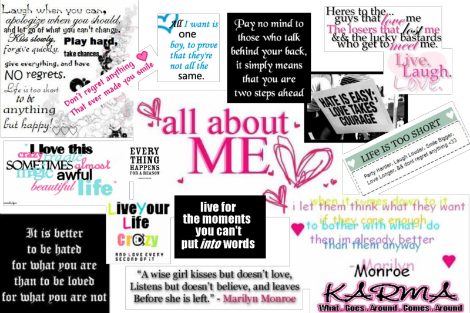Quotation marks are written as a pair of opening and closing marks in either of two styles: single ('…') or double ("…"), and may take "curly" or "straight" glyphs. Straight glyphs – single ('…') or double ("…") – are often preferred in online writing, while curly glyphs predominate in paper publishing.
In the first centuries of typesetting, quotations were distinguished merely by indicating the speaker, and this can still be seen in some editions of the Bible. During the Renaissance, quotations were distinguished by setting in a typeface contrasting with the main body text (often Italic type with roman, or the other way round). Long quotations were also set this way, at full size and full measure.
Quotation marks were first cut in metal type during the middle of the sixteenth century, and were used copiously by some printers by the seventeenth. In some Baroque and Romantic-period books, they would be repeated at the beginning of every line of a long quotation. When this practice was abandoned, the empty margin remained, leaving the modern form of indented block quotation.
In Early Modern English, quotation marks were used only to denote pithy comments. They first began to quote direct speech in 1714. By 1749, single quotation marks, or inverted commas, were commonly used to denote direct speech.
Single or double quotation marks denote either speech or a quotation. Neither style is an absolute rule, though the double marks mostly preferred inthe United States and Canada are also now favored by some major British journalism style guides, while single marks remain common in Britain and throughout the Commonwealth. A publisher's or author's style may take precedence over regional general preferences. The important idea is that the style of opening and closing quotation marks must be matched:
Sometimes quotations are nested in more levels than inner and outer quotation. Nesting levels up to five can be found in the Christian Bible. In these cases, questions arise about the form (and names) of the quotation marks to be used. The most common way is to simply alternate between the two forms, thus:
If such a passage is further quoted in another publication, then all of their forms have to be shifted over by one level. In most cases, quotations that span multiple paragraphs should be set as block quotations, and thus do not require quotation marks. Quotation marks are used for multiple-paragraph quotations in some cases, especially in narratives. The convention in English is to give opening quotation marks to the first and each subsequent paragraph, using closing quotation marks only for the final paragraph of the quotation, as in the following example from Pride and Prejudice: "I wish you joy. If you love Mr. Darcy half as well as I do my dear Wickham, you must be very happy. It is a great comfort to have you so rich, and when you have nothing else to do, I hope you will think of us. I am sure Wickham would like a place at court very much, and I do not think we shall have quite money enough to live upon without some help. Any place would do, of about three or four hundred a year; but however, do not speak to Mr. Darcy about it, if you had rather not.
In the first centuries of typesetting, quotations were distinguished merely by indicating the speaker, and this can still be seen in some editions of the Bible. During the Renaissance, quotations were distinguished by setting in a typeface contrasting with the main body text (often Italic type with roman, or the other way round). Long quotations were also set this way, at full size and full measure.
Quotation marks were first cut in metal type during the middle of the sixteenth century, and were used copiously by some printers by the seventeenth. In some Baroque and Romantic-period books, they would be repeated at the beginning of every line of a long quotation. When this practice was abandoned, the empty margin remained, leaving the modern form of indented block quotation.
 Quote: You And Me Everyday |  Quotes About Me #12 |  Myspace Poems \x26amp; Quotes at |  Loves You. about me, quotes |  quotes |
 And I know you do the same |  True Friend For Me Is... You! |  Me and You are meant |  See more me and you quotes |  me and you, mine, quotes |
Sometimes quotations are nested in more levels than inner and outer quotation. Nesting levels up to five can be found in the Christian Bible. In these cases, questions arise about the form (and names) of the quotation marks to be used. The most common way is to simply alternate between the two forms, thus:
 I \x26lt;3 U BFF.... if |  me and you quotes jpg, |  me and you, mine, quotes |  Love Me And You Forever Quote |  Nobody could save me but you. |
 Heart Me And You, Killing, |  Imagine Me \x26amp; You |  me and you quotes jpg, |  have to be me and you. |  Look down on me and you\x26#39;ll see |
No comments:
Post a Comment